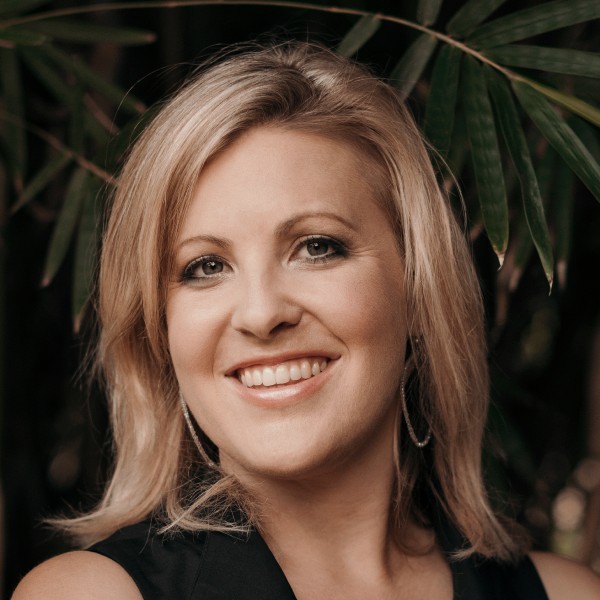Despite large percentages of female seminarians and increased numbers of female clergy in some denominations, overall women lead only about 8% of American congregations. And women are more likely to lead small than large congregations, so only about 5% of American churchgoers attend a congregation led by a woman.
Of course, some denominations have many more female clergy than other denominations. About 1 in 5 Presbyterian, Methodist, and Evangelical Lutheran Church in America churches are now led by women. And congregations that describe themselves as theologically liberal are much more likely than other congregations to be led by women. More than one-third (37%) of congregations whose leaders describe them as theologically “more on the liberal side” are led by women, compared to only 5% of congregations whose leaders say they are “more on the conservative side” and only 7% of congregations whose leaders say they are “right in the middle.” Having women pastors in one-third of self-described liberal congregations may seem like a lot, but remember that only 9% of congregations call themselves liberal.
After several decades of women entering the ministry in large numbers, why are there still so few congregations with female head pastors?
Several factors are relevant. First, even though the percentage of women enrolling in Master of Divinity programs grew dramatically in recent decades, that percentage peaked in 2002 at 31.5% and fell slightly to 30.6% by 2006, according to the Association of Theological Schools. The percentage of women seeking the M.Div. degree may have stabilized after three decades of rapid increase.
Second, women with a Masters of Divinity degree are less likely to pursue pastoral ministry than men, and when they do work as pastors they are less likely to report satisfaction with their jobs than their male colleagues.
Third, and probably most important, gender discrimination continues to exist within American religion. Several major religious groups still do not permit women to lead congregations, and, even within denominations that have ordained women for decades, many congregations still resist hiring a woman as their pastor. As Jackson Carroll reported in his 2006 book, God’s Potters: Pastoral Leadership and the Shaping of Congregations, female clergy now earn the same salaries as male clergy when they work in congregations of comparable size and location. But women still do not land the most desirable congregational jobs at the same rate as men.
What does this mean for the future of women in congregational leadership? The percentage of congregations led by women should increase somewhat in coming years as younger, more female, clergy cohorts replace older, almost completely male, cohorts. But the presence of women in congregational leadership will continue to be widely variable across denominations and religious groups, and the overall percentage of congregations led by women will remain below 20% for many more years.








